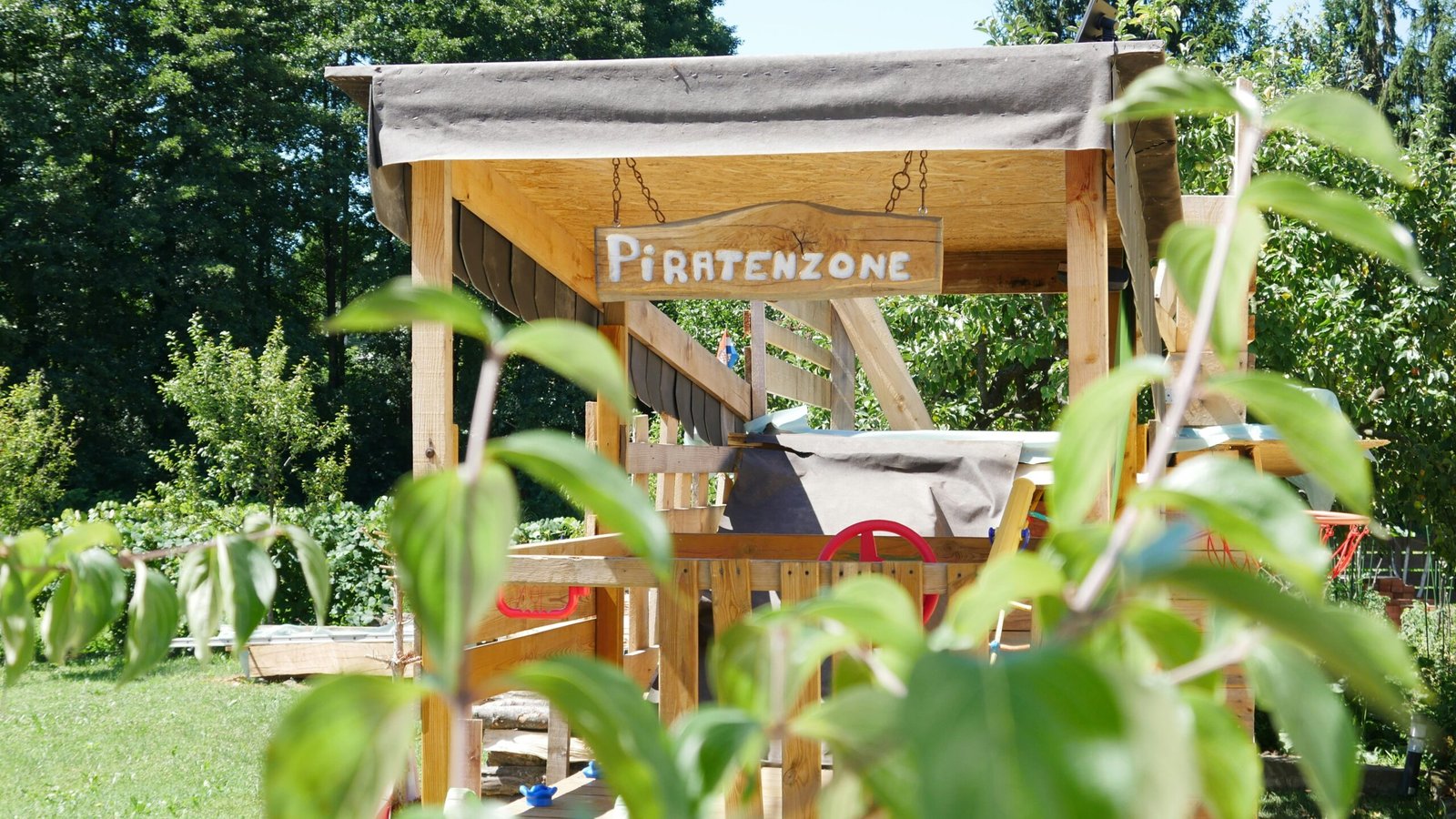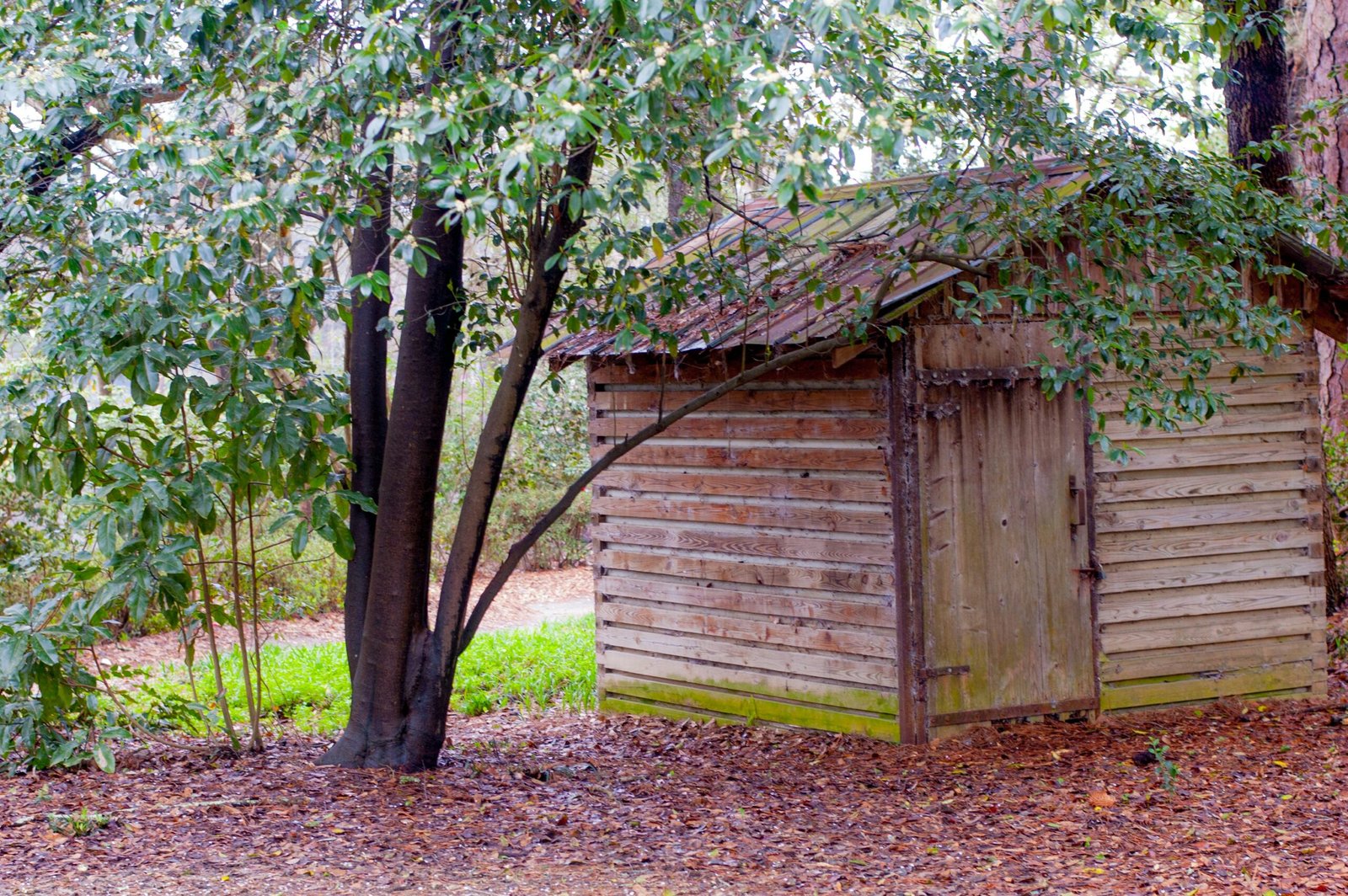Introduction to Pergolas and Their Benefits
A pergola is a timeless architectural feature that enhances outdoor spaces by combining functionality with aesthetic appeal. Originating from ancient garden designs, pergolas have traversed through different cultures and epochs, evolving from simple wooden structures to intricate designs made from modern materials. Initially intended for climbing plants and vines, these functional structures have become versatile elements in contemporary landscaping.
One of the primary benefits of having a pergola in your backyard is the shade it provides. Pergolas create intermediate shaded areas, allowing filtered sunlight to penetrate, making your outdoor space comfortable even during hot summer days. The slats can be adjusted, or additional covers can be added to control the amount of shade as desired. This blend of sun and shade makes pergolas ideal for relaxing, dining, or entertaining guests.
Moreover, pergolas significantly enhance the aesthetic appeal of your outdoor space. With an array of designs and materials available, pergolas can be customized to match various backyard sizes and styles. Whether you prefer a rustic wooden look or a modern metal finish, a well-designed pergola can serve as the centerpiece of your garden. Coupled with decorative elements such as fairy lights, hanging plants, or drapery, a pergola can transform a bland yard into a captivating sanctuary.
In addition to aesthetic improvements, pergolas can potentially increase your home’s value. Outdoor living spaces are highly desirable in today’s real estate market. Potential buyers often seek homes with functional and attractive outdoor areas, and a pergola can thus be a worthwhile investment. It’s an element that adds square footage to usable space, extends the home’s living area, and provides a defined area for relaxation and entertainment.
Finally, one of the most exciting aspects of pergolas is their adaptability. They can be built to fit narrow patios or expansive gardens, ensuring that homeowners with various space constraints can enjoy their benefits. This versatility makes pergolas suitable for any home, regardless of its outdoor layout or style.
Planning Your Pergola: Design, Materials, and Tools
Effective planning is the cornerstone of a successful pergola project. The first step is to decide on the design that best complements your backyard. Generally, you’ll have to choose between an attached pergola, which extends from your house, and a freestanding pergola, which can be placed anywhere. Consider the size and shape of your chosen design, ensuring it fits seamlessly into your outdoor space while providing the necessary functionality.
When selecting materials for your pergola, you have several options. Wood, a popular choice, offers a classic aesthetic and various types such as cedar, redwood, and pressure-treated lumber. Cedar and redwood are naturally resistant to rot and insects, but can be more expensive. Pressure-treated lumber is a cost-effective alternative; however, it requires regular maintenance to prevent decay.
Metal pergolas, usually made of aluminum or steel, offer durability and modern design options. They require less maintenance but may be subject to rust. Vinyl pergolas are another alternative, known for their easy upkeep and durability. However, they may lack the natural appeal of wood.
Before starting construction, ensure you have all the necessary tools. Essential items include saws (circular and miter), cordless drills with various bits, screws, measuring tape, and safety gear such as gloves, goggles, and ear protection. Additionally, having a spirit level and carpenter’s square will help in achieving precision in your build.
Proper planning is crucial, not just for aesthetic and functional reasons, but also for compliance with local building codes. Check your local regulations to see if you require permits for your pergola. Failure to comply can lead to fines or even the dismantling of your structure. Taking these steps ensures that your pergola is safe, legal, and tailored to your needs.
Step-by-Step Guide to Building Your Pergola
Building a pergola for your backyard can be a rewarding DIY project. To ensure success, follow these detailed steps meticulously. The first step is to prepare your site. Choose a flat, open area for the pergola and mark the perimeter with stakes and string. This will give you accurate boundary lines. Use a measuring tape to ensure all sides are equal and corners square, as precision is crucial.
Once the site is prepared, it’s time to set the posts. Begin by digging holes for your posts using a post hole digger. Each hole should be about 24 inches deep, ensuring stability. Place a few inches of gravel at the bottom for drainage. Insert the posts into the holes, making sure they are vertically aligned, which can be verified with a level. Fill the holes with concrete and allow it to set overnight.
With the posts securely in place, move on to cutting and assembling the beams. Measure and cut your beams according to your design. Use a circular saw for precision cuts. Secure the beams to the tops of the posts using galvanized screws or brackets which resist rust and add strength. A helper will be useful at this stage to hold the beams in place while you secure them.
Next, install the crossbeams. These should be placed perpendicular to the main beams and can be attached using metal brackets for extra support. Space the crossbeams evenly for a balanced look and structural integrity. For additional detail and functionality, consider adding a lattice to the top. This not only enhances the look of your pergola but also provides more shade.
Safety is paramount throughout this project. Wear protective gear, such as gloves and safety goggles, when operating tools. Ensure all ladders are stable and follow the manufacturer’s instructions for all hardware. Regularly check your measurements and levels to maintain accuracy and avoid structural issues. A sturdy, well-constructed pergola will not only beautify your backyard but also serve as a functional outdoor space for years to come.
Finishing Touches and Maintenance Tips
As you reach the final steps of your DIY pergola project, it is crucial to focus on finishing touches that not only complete the structure but also enhance its aesthetic appeal and functionality. One of the first considerations should be painting or staining the wood. Opting for a coat of paint or stain can help protect the wood from the elements while allowing you to customize the pergola to match your backyard’s decor. Deck stains, for example, are available in a range of colors and provide excellent UV protection and water resistance.
Adding decorative elements can significantly enhance the look and utility of your pergola. Consider incorporating outdoor curtains for additional shade and privacy. Climbing plants like wisteria or clematis can be trained to grow around the structure, adding a touch of natural beauty and seasonal color. Fairy lights or hanging lanterns can provide ambient lighting for evening gatherings, transforming your pergola into a cozy retreat at night.
Comfortable seating is another essential element. Whether you choose built-in benches, hammocks, or outdoor furniture, ensuring that your pergola is inviting and comfortable is key to making it a favorite spot in your backyard. Adding cushions and weather-resistant fabrics can increase comfort while also contributing to the overall design.
Regular maintenance is key to ensuring the longevity of your new pergola. Start by cleaning the structure periodically; a mix of mild soap and water can effectively remove dirt and grime. Inspect the pergola regularly for any signs of wear or structural damage. Tighten any loose screws or bolts, and replace any damaged wood panels as needed. Paying attention to seasonal considerations, such as covering the pergola during harsh winter months, can also extend its lifespan.
In sum, personalizing your pergola with thoughtful finishing touches and adhering to regular maintenance practices can help create a unique, functional, and enduring addition to your backyard. This attention to detail not only enhances the pergola’s usability but also contributes to an inviting and aesthetically pleasing outdoor space.



